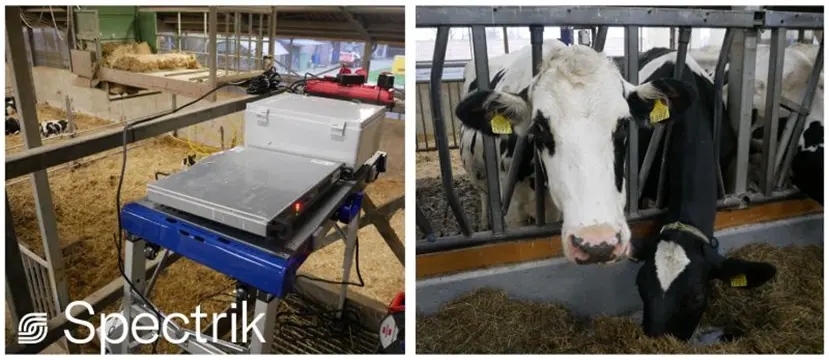Dairy farming
Emissions Are Eating into Your Margins And You Might Not Even Know It
In modern dairy farming, ammonia (NH₃) and methane (CH₄) emissions are more than environmental concerns — they’re hidden cost drivers that directly affect cow health, milk production, feed efficiency, and long-term sustainability.
Both gases originate from manure, slurry storage, bedding materials, and feeding practices. Without proper monitoring, emissions build up unnoticed in barns, stalls, and storage pits — quietly eroding animal performance and farm profitability.
- Ammonia causes respiratory irritation in cattle and reduces lying time, impacting milk yield.
- Methane is a major greenhouse gas, and excess levels signal inefficient digestion or manure mismanagement.
Why Farmers Worldwide Struggle
Most dairy farms lack real-time accurate gas monitoring systems. Traditional methods are:
Too costly for the required scale
Insufficient accuracy for effective management of open stables
Response times are too slow to enable proactive management

Our prototype ran a field test in a naturally ventilated cow barn. This was a valuable experience that helped us better understand the daily operation and challenges of our sensor in an open barn.

Compliance-ready analytics
to meet climate, nitrogen, and welfare targets

Data-driven
decision support to optimize cow comfort and production
With Spectrik, you get:

Continuous insight into emissions
In and around the barn
Turn Emissions Into Opportunities
Global dairy markets are shifting fast. Milk buyers are demanding lower carbon footprints. Governments are tightening nitrogen and methane regulations. Consumers want transparency and sustainability.
Monitoring ammonia and methane is no longer optional — it’s essential for future-proof dairy operations.
Spectrik helps dairy farmers take back control — using emissions data to drive productivity, profitability, and sustainability.